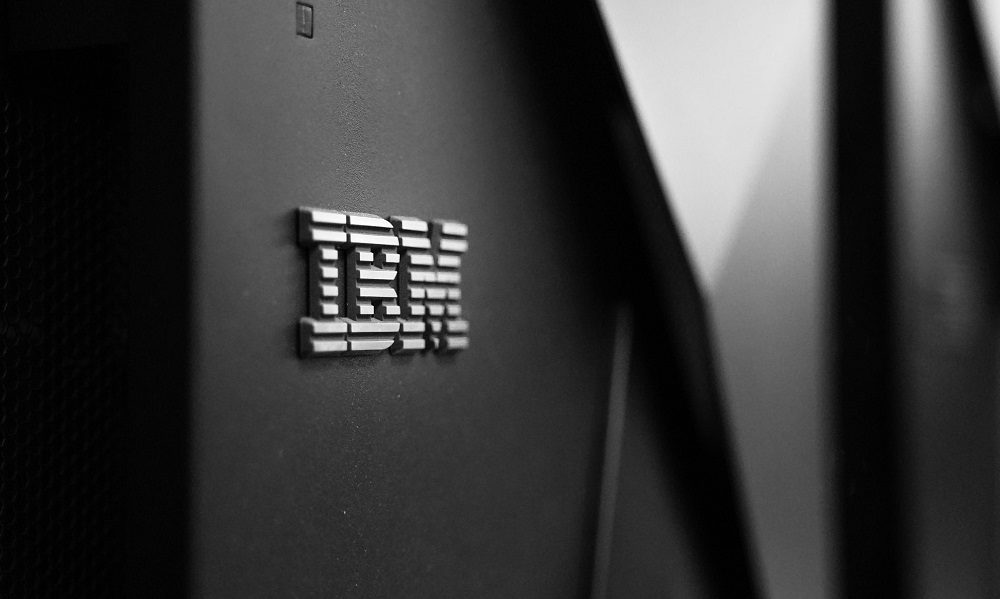
Linux has traditionally been known as an operating system for developers and power users. Also for professionals used to working alone, and for micro-businesses closely related to the world of technology. But its evolution towards a friendlier system for all kinds of users, and the development of suitable distributions for companies of all kinds, has gradually changed the landscape of Linux in the business world. Both among SMEs and among the largest. Using Linux at a professional level is no longer just a matter of technology experts, but its distributions are already reaching the teams of top-level multinationals.
Of course, for a Linux distribution to be favored by a company, it has to offer a plus to its employees and managers. For starters, it has to be stable, and also secure. This means that distributions regularly receive updates, both feature and security, and add features over time. In addition, in most cases, it is necessary that you have technical support. With this in mind and available, companies can find the distribution that best suits their needs. Because not all are the same.
Most popular Linux distributions in companies
Some Linux distributions are more prepared than others, for example, to function as a generic network operating system, others have more useful functions for installation on servers. Or to work with containers.
Some offer useful tools for developers and programming teams, while others are ready for IT teams more dedicated to working with systems and network and equipment testing. It all depends on the type of company, or department, in which they want to install Linux, and the work they do. Here are five of the most popular in 2023 in companies.
Red Hat Enterprise Linux (RHEL)
Currently, Red Hat Enterprise Linux is the most popular enterprise Linux distribution among all kinds of organizations. It is an operating system that runs on desktop computers, laptops, servers and virtual machines. Even in the cloud. It also stands out for its ease of installation and handling.
It is a stable distribution with long life cycles. Behind it is Red Hat, which is in charge of system support, which it guarantees for 10 years and which is paid for by companies that contract one of the plans they offer. Also your update. This Fedora-based, and available in the cloud and for IoT platforms as well as desktop; and prepared for the management of large quantities and heavy workloads.
It incorporates all kinds of Red Hat tools for software management, automation, or data visualization. In addition, during the decade that support lasts, the companies that install it will receive updates with various improvements, security and kernel patches, as well as bug fixes. They will also have it available without the need to restart the system to install it, something that in certain cases is quite inconvenient.
RHEL is compatible with x86, ARM64 and IBM Z architectures, among others, as well as with the main hardware platforms and a huge number of software tools, both free and paid. It offers native tools for its deployment, as well as development, and the infrastructure and elements necessary for container work.
Ubuntu Desktop for Business and Ubuntu Server
The Linux distribution ubuntu, very popular among private and professional users, also has desktop versions for companies, and for servers. In both cases, it is endorsed by Canonicalwhich is in charge of offering not only stable versions of the system, but also providing technical support, with different levels and costs, to the companies that install and use them, as well as their development and IT teams.
The name Ubuntu derives from a word used by the Zulu and Xhosa African tribes, which means community or unity. It is, in addition to being highly appreciated by companies, also the most popular distribution among private users. In both cases, it offers simple and intuitive navigation desktop environments. The one that is installed by default is Gnome, but some variants of Ubuntu, like Kubuntu, use KDE.
Another of its advantages is its installer, designed to be a useful and simple assistant, which reduces the complexity of the installation almost to a minimum. Also, if your company is still not very sure about installing Linux because they fear that it will be very complicated to use, Ubuntu helps to dispel doubts, since it allows you to test the operating system on the computers to be installed, and see how it would work on it. , before installing it.
Ubuntu also has a software center, where you can search for apps, and download and install apps without using the command line. And if what the company’s employees and work teams need is documentation to learn how to use the system and take advantage of it, on its home page there is a large amount of practical documentation on the operating system.
Two new versions of Ubuntu are released every year: one in April and one in October.. Canonical supports standard releases for nine months before a system version upgrade is required. In addition, LTS, or long-term support, releases of Ubuntu appear every two years. These are supported for five years. It is compatible with virtually any hardware or virtualization platform.
In the case of Ubuntu server, it is a solution for servers that has the advantages of Ubuntu added to its functions and tools for servers in a system focused on security and effectiveness, but also on value for money. Ubuntu Server is compatible with a multitude of architectures. These include x868, x86-64, ARM V7, ARM64, Power8, and IBM System Z mainframes. It can be used in both large and small businesses, as a system for managing a file server for a network, or for managing a Web server.
openSUSE
The different versions of openSUSE, prepared mainly for companies and development teams, have been created with the needs of the companies present. That is why they are optimized for installation and management in business environments, and are characterized by their stability and ease of use. One of its main versions is openSUSE Tumbleweedbased on Factory and adapted to be installed on workstations.
It follows a staggered and continuous release system, which means that users can download new packages from the system once they have been reviewed by Factory. This, highly appreciated by professional users and IT teams, can be a stumbling block for other users with less knowledge of the system.
openSUSE, in all its versions, uses YaST, which is basically a portal that allows you to adjust system settings and manage the equipment according to the needs of each user or company. In addition, it facilitates the installation of the main desktop interfaces, such as KDE or Gnome, among many, and third-party applications. You can even install several at the same time, and switch between them through YaST at will.
openSUSE Leap, another of its main versions, also offers easier management and installation, offers more robustness and security, and is more focused on business use. It uses the Gnome environment, although it allows you to choose others, such as KDE, or XFCE. It offers stability and snappy performance, as well as improved package management.
Another of its most popular versions in companies, openSUSE MicroOS, is optimized for edge computing tasks, while openSUSE Kubic is optimized for container management. All offer a flexible interface, and easy installation. As for security, it offers very strict protocols, which will undoubtedly facilitate the work of system administrators.
rocky linux
When CentOS was discontinued, several successor distributions appeared. Of these, the most popular among companies in recent months has undoubtedly been Rocky Linux. Above all, because it is one of the most similar, as it is compatible with the RHEL source code. It is a version Developed by the Rocky Enterprise Software Foundationfrom which it receives regular updates.
It stands out for its stability and performance, and since it comes from a RHEL distribution, it is compatible with company servers. It is available for the x86-64 processor architecture and even for the aarh64. Of course, it is a fairly recent distribution, since it appeared in 2021, and for this reason there is still some slowness in the development of its updates, something that will improve as its community of users and developers grows. So far, its stability and features have made it gain a lot of popularity among tech companies and development teams.
Fedora Server
Among the major Linux distributions used in enterprises, Fedora Server has earned a good reputation for stability and flexibility for developers and enterprises, as well as professionals. It is very stable, and receives regular updates, with news and useful functions for all types of users. In recent times, for example, the companies that use it have found the latest in system applications, which allows organizations to adapt their servers to the latest trends and needs of their customers.
Their enterprise security levels are also very high, and its preconfigured version releases also offer robust security, which does not compromise on data protection. Fedora server also stands out for always keeping system administration applications up to date. These have, within the system, very useful applications and tools for their work. It is compatible with practically all hardware systems and architectures, with practically no restrictions.
It lets you run software on cloud or Linux-based servers, and offers webmasters and system administrators DNS services, certificate integration, identity management, and Windows domain integration, among other features and tools. In addition to this version for servers, Fedora also has versions for workstations, cloud environments, containers, and Internet of Things devices.



